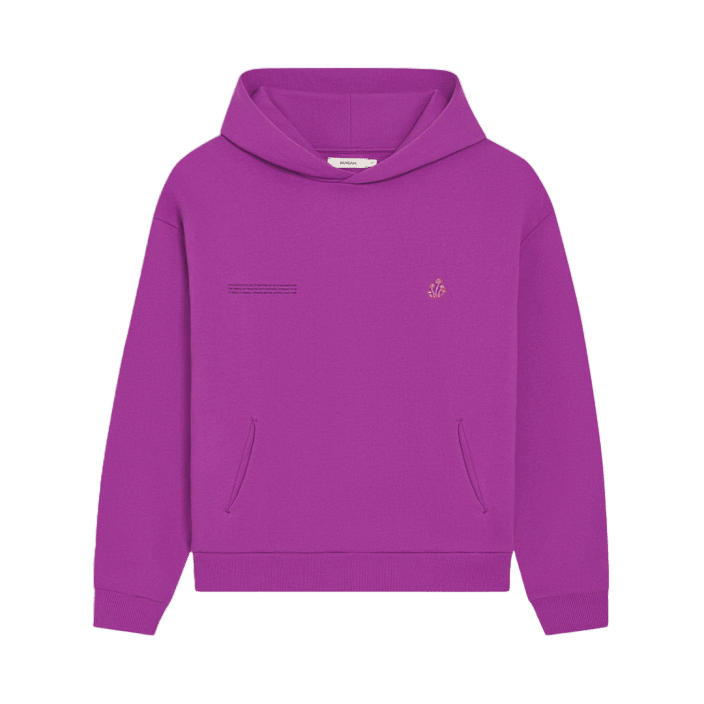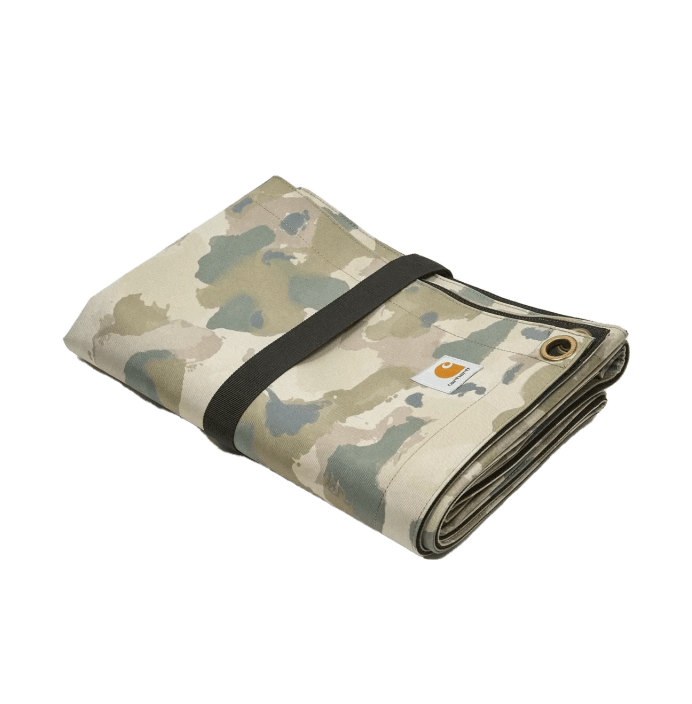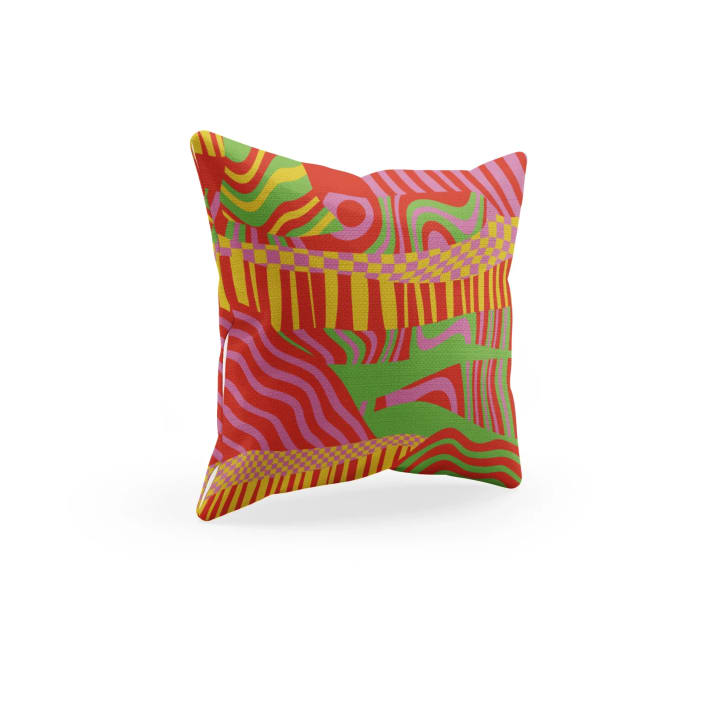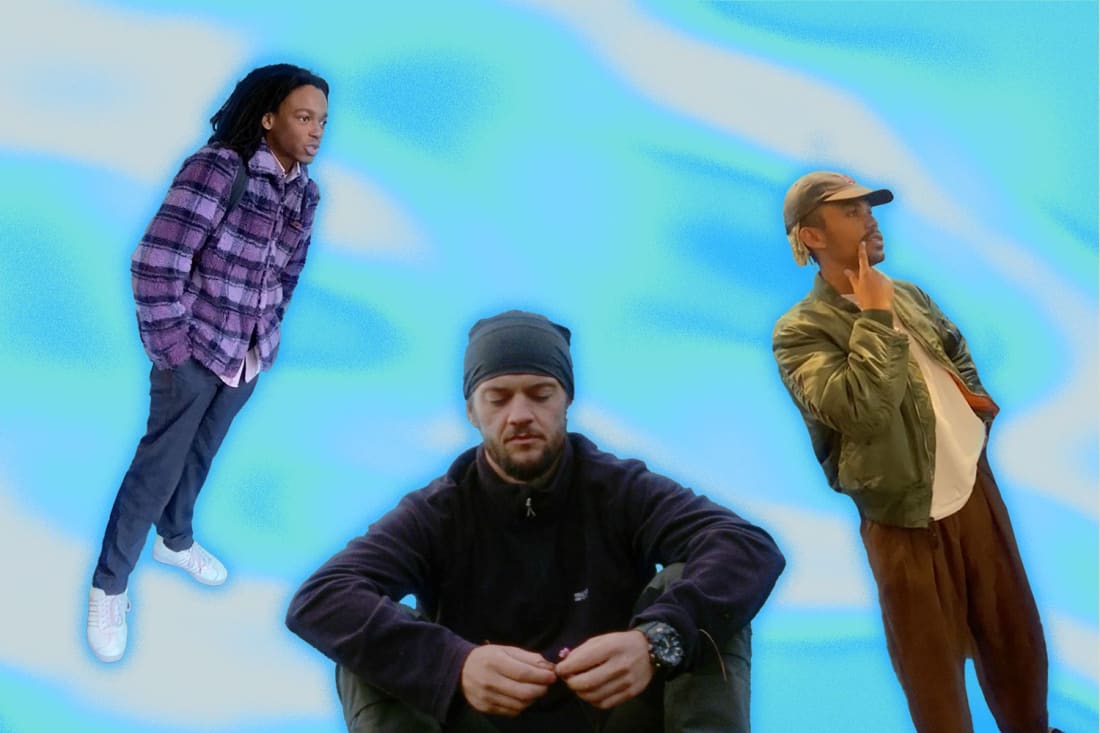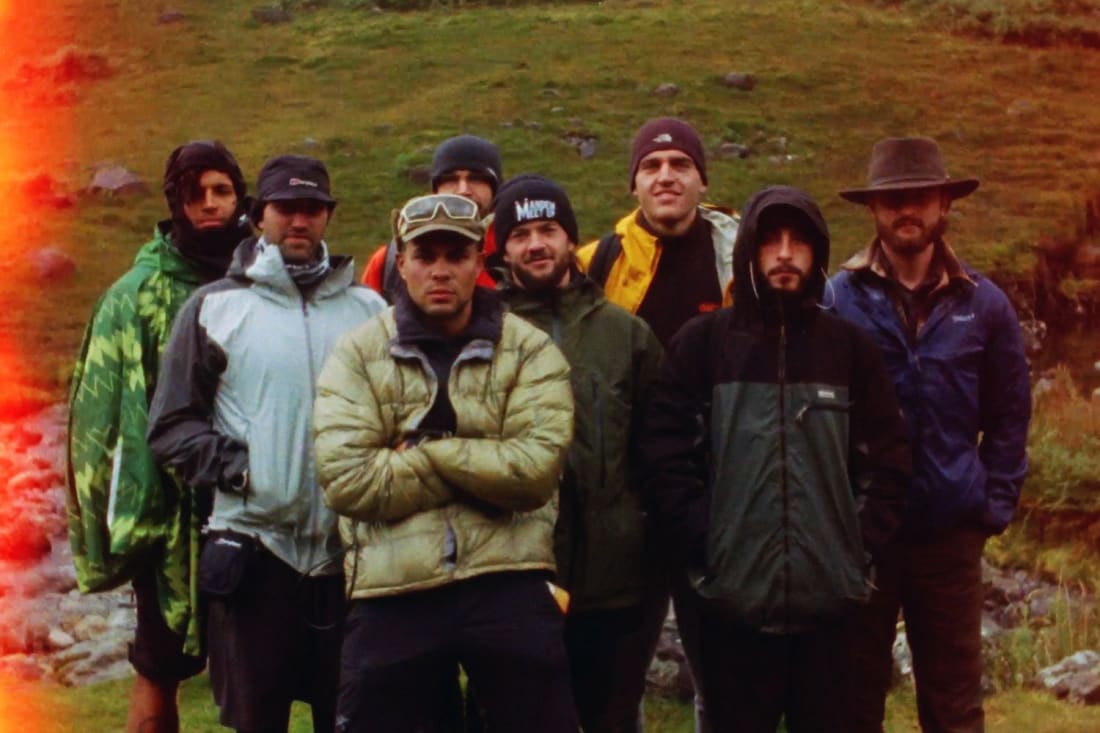Psychedelic revolution: the making of the most creative generation yet
Hallucinogens aren’t just for popstars and tech bros – but does tripping out actually make you more creative, and is it a mindset we should all be tapping?
Hallucinogens aren’t just for popstars and tech bros – but does tripping out actually make you more creative, and is it a mindset we should all be tapping?
From Frank Ocean and his tripped out album Blonde to Miley Cyrus, Harry Styles, and ASAP Rocky, we’ve heard countless stories of musicians and artists experimenting with psychedelics. Today, there’s a wave of artists creating music explicitly with, and intended for use, in psychedelic experiences: Jon Hopkins’s recent album Music for Psychedelic Therapy was written during peak lockdown and was inspired and designed to soundtrack the length of a ketamine trip.
This mind-altered creativity isn’t just for artists, though. Using our imagination and original ideas to create something can be beneficial for careers outside of what we tend to think of as ‘creative’, as well as our relationships and mental health. The microdosing craze has been going strong across Silicon Valley’s techies of course, and even Nobel Prize-winning scientists have been known to experiment with hallucinogenic drugs, from Francis Crick, discoverer of DNA, to those leading today’s revolutionary studies into ketamine clinics.
So do psychedelics actually make you more creative, or is it that they make us enjoy and take note of creative experiences more? Is it all just a placebo effect? Well, the initial neuroscience tells us… it’s complicated.
More studies are beginning to emerge that dig deeper into psychedelics' effect on creative thinking, but most of the scientific findings are inconclusive on drawing a direct link between the two. The compelling results that do exist are largely based on anecdotal findings from personal experiences, and drawing theories based on what we know is happening in the brain during a trip.
Tripping out inspires ‘hyperconnectivity’ – but what is that?
Here’s what we do know. When you’re having a psychedelic experience, the brain enters a state of ‘super connection’: this means the flows of communication increase across different brain regions. It’s in a state of chaotic, free flowing, unpredictable neural connections – anything can happen in that head. It’s basically the opposite of how we’re usually expected to think, which is in a logical, rule-based way. As you have probably guessed, this bodes well for creativity.
This ‘hyper connected’ state means you have more of an ability to think outside the box. It means you can generate multiple ideas in a way that’s known as ‘divergent thinking’. The more free flowing connections there are, the larger the search space becomes for where we go looking for ideas. The larger the space, the greater potential for discovering new ideas.
Eileen Hall, a psychedelic artist who recently created the cover art for Jon Hopkins’s album, explains how she uses this experience of feeling hyperconnected, and how altered states draw her deeper into her art.

“Psychedelics help open our minds and draw inspiration from a wider field of possibilities,” Hall says. “I have been using them for my own practice for many years, as they helped me to connect to my artistic intuition which has guided all the work I do since. The other tools that help me with my practice are meditation, breathwork, and music, which allow for more subtle ways of entering an altered reality and making new connections.”
Psychedelics aren't the only way to get to this way of thinking. It can happen in a number of altered states of consciousness – dreaming, rhythmic breathwork, sensory deprivation, or trance states which you might even enter into at a rave. So when those random ideas hit you on the dancefloor, listen up and pay attention.
So where do we harness these mind-altered states?
Hyperconnection is, like we mentioned, a state of neural chaos – otherwise known as ‘neural entropy’. This means that, while what’s going on during an experience of psychedelic drugs might not make much sense at the time, rather, we might make sense of any ideas that come in the moments, days, or weeks after the trip.
Imagine a snow globe that is shaken up. That’s kind of like your brain on psychedelics. It’s beautiful in its chaos, right? The scene isn’t clear until the snow settles again into new places. In studies of psychedelics and creativity that have been done, the majority report a greater creative impact in the days following, versus during the actual drug trip.
In a 2021 study, scientists found that taking psilocybin didn’t increase divergent or convergent (meaning the ability to pinpoint a solution or idea) thinking during the experience, but in the seven days after treatment. Participants were found to come up with original ideas in the seven days following treatment, as compared to a placebo group.
Neuroplasticity, which is when the neural networks in the brain start rewiring and reorganising themselves, is a brain state that inspires long term change. What research is beginning to show is that all those shifts in neural activity that happen during a psychedelic experience have some impact in the longer term.
Do drug trips always have to feel meaningful?
What’s really interesting in the unfolding story of psychedelics and creativity is that psychedelics enhance meaning, or cause things to appear dramatically more meaningful than they would otherwise seem to be. Between 66-86% of those who have taken psychedelics in a therapeutic setting consider it to be one of the five most meaningful experiences of their lives.
This is important for a few reasons. For one, it means we pay more attention to things we otherwise may have thought were meaningless. Secondly, this enhanced perception of meaning might be exactly that, a perception alone. Is that idea actually more creative than it was before? Maybe a so-called creative breakthrough is simply given a higher perceived value because of the meaning we project onto it.
Or does a psychedelic trip even have to be real?
Do we even need the drug to give us this enhanced experience, or will the perception that we have be enough creative fuel? In a study of microdosers, they found those in the placebo group who had taken psychedelics before had higher creativity effects and were more likely to think they were in the active microdosing group. And this placebo impact is very real. So real, in fact, that researchers have proposed the term “meaning response” as a more accurate replacement to the often taboo term “placebo”. This update creates a more accurate picture and the recognition that our subjective experiences actually do have huge biological and therapeutic impacts.
So whether you’re microdosing to spark creative ideas, or using larger doses to break through previous creative constraints, some of it might be placebo, some of it might be enhanced perceived meaning, and some of it might actually be a kick-ass idea.
Do we care? Not really. Creativity is creativity. And if this helps us build the confidence to begin generating and then attending to our ideas and making something of them, or simply give us the feeling we have created something novel, it all serves as a boost to our creative wellbeing.

How do psychedelics really affect our relationship to art?
While we may not have a direct link between engaging in a creative act or idea and psychedelics just yet, we know more about experiencing art while high. There is no doubt that aesthetic experiences, especially listening to music, have inherently healing and therapeutic properties. Music has been used in rituals for centuries upon centuries, and ancient medicine practices. Ayahuasca ceremonies, for example, centre around the Icaros song. Mazatec Indians use rhythmic drumming during their mushroom rituals. Contemporary studies and psychedelic-assisted psychotherapy don’t use what you’d tend to class as ‘trippy’ music either – crusty raves, spacey psytrance, anyone? – and anything from jazz to movie soundtracks are experimented with during therapy treatments to “evoke” and “push” emotions.
“I anticipate a future where the stigma around psychedelics is erased by a global recognition of their profound healing potential especially when combined with music,” says Ebe Oke, a composer and multimedia artist. “This combination has been a key medium for our ancestors across time and cultures for healing and transforming consciousness.”
Music specifically connects to the emotional centre in our brain, which is why our favourite track can make us feel so much, or that sad one for some reason or another, actually makes us feel better. Music remains a cornerstone of healing in psychedelic journeys, so it’s no surprise that psychedelics are shown to enhance the emotions evoked in musical experiences, helping to recall mental imagery and support the healing process. This is why we’re seeing a growing number of artists including Jon Hopkins and East Forest creating music to specifically support psychedelic journeys, or companies like Wavepaths who are developing platforms for this specific intention.

How can I start tapping into this creative potential?
Psychedelics enhance a personality trait commonly called ‘Openness to Experience’. The more we open ourselves to new experiences, the more we can increase these neural connections on the regular. And while science has not yet proven the direct link between psychedelics and creativity, it has shown that those high on Openness to Experience consistently score highest on measures of creativity.
While we’re not certain yet – being helped to open, flow, and connect to a new state of mind is ultimately what we need to truly embrace creativity. A Grammy-nominated album might be within your grasp.

